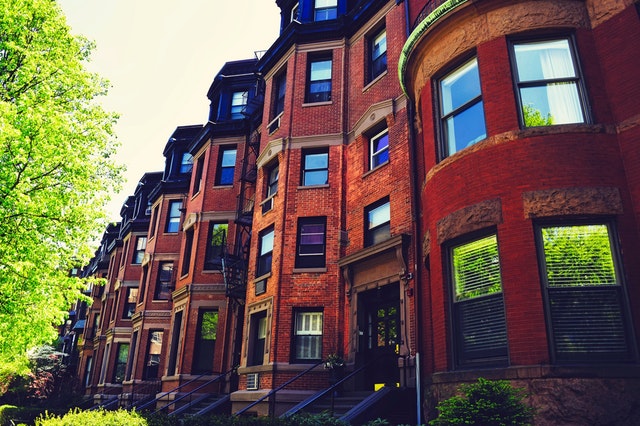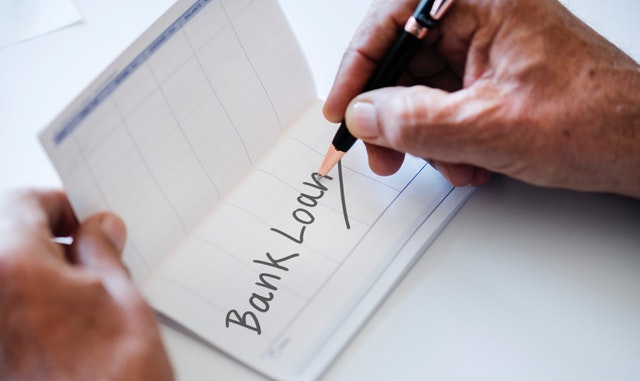What Exactly Is Private Mortgage Insurance (PMI)?
 PMI, which is also called private mortgage insurance, is protect that the lender may ask the buyer to purchase. In the event that the buyer defaults on their home loan and the home enters foreclosure, the lender has a way to recoup their losses.
PMI, which is also called private mortgage insurance, is protect that the lender may ask the buyer to purchase. In the event that the buyer defaults on their home loan and the home enters foreclosure, the lender has a way to recoup their losses.
While the lender may not ask everyone to purchase PMI, there are some situations where the lender may ask the buyer to purchase this insurance policy to qualify for the loan.
Every lender is a little bit different; however, there are some trends throughout the industry. Most lenders ask the buyer to place a down payment of about 20 percent of the total price of the house. If the buyer is not able to put at least 20 percent down on a home, the loan is riskier for the lender. In this case, the lender may ask the buyer to purchase a PMI policy.
The Structure Of A PMI Payment
Typically, the PMI policy is paid in a monthly manner. It is included as a part of the total mortgage payment as the buyer pays the loan back to their lender. The positive news is that the buyer typically does not have to pay PMI for the life of the loan. Once the equity in the home reaches about 22 percent, the lender typically terminates PMI.
In some situations, the buyer may be able to contact the lender and ask for PMI termination at an earlier date. Some people can negotiate this percentage or time period in advance of taking out the loan.
The Cost Of Private Mortgage Insurance
In general, the cost of a PMI policy is dependent on the value of the mortgage loan. It typically runs somewhere between 0.5 percent and 1 percent of the total value of the mortgage loan. Therefore, this can raise the monthly mortgage payment by a significant amount.
For example, if someone receives a $300,000 loan from the bank with a PMI policy of 1 percent, the buyer will have to pay an extra $3,000 per year as part of their mortgage payment. This is an extra $250 per month on their total payment. For some people, this additional cost might make their dream house unaffordable.
Therefore, whenever possible, buyers should try to work with their trusted professional mortgage lender and look at options to avoid purchasing PMI. Every lender is a little bit different when it comes to private mortgage insurance.

 For a long time after the real estate housing crisis in 2008, buyers with a poor credit history had a difficult time finding mortgage financing. It was a problem that trapped those seeking to buy a home because so many lost their homes from the inability to pay their mortgages.
For a long time after the real estate housing crisis in 2008, buyers with a poor credit history had a difficult time finding mortgage financing. It was a problem that trapped those seeking to buy a home because so many lost their homes from the inability to pay their mortgages. Opportunity Zones were created by the 2017 Tax Cuts and Jobs Act to encourage investors with capital gains on other investments to invest that money in low-income and undercapitalized communities. They get a reward of deferring capital gains tax. They avoid a portion of it altogether if they keep the investment for five years or longer.
Opportunity Zones were created by the 2017 Tax Cuts and Jobs Act to encourage investors with capital gains on other investments to invest that money in low-income and undercapitalized communities. They get a reward of deferring capital gains tax. They avoid a portion of it altogether if they keep the investment for five years or longer.  Crowdfunding came into prominence with the Jumpstart Our Business Startups (JOBS) Act that President Obama signed into law during 2012 and subsequent enhancements. The JOBS Act made it easier for startups to raise money and for the first time allowed the legal ability to advertise the investments and accept small investors.
Crowdfunding came into prominence with the Jumpstart Our Business Startups (JOBS) Act that President Obama signed into law during 2012 and subsequent enhancements. The JOBS Act made it easier for startups to raise money and for the first time allowed the legal ability to advertise the investments and accept small investors. A simple way to save money is to pay an extra monthly payment each year and ask the lender to apply the extra payment to reduce the principal amount owed. On a 30-year mortgage, the loan pay-off date is more than two and one-half years sooner, reducing the total interest paid by about 10% percent.
A simple way to save money is to pay an extra monthly payment each year and ask the lender to apply the extra payment to reduce the principal amount owed. On a 30-year mortgage, the loan pay-off date is more than two and one-half years sooner, reducing the total interest paid by about 10% percent.